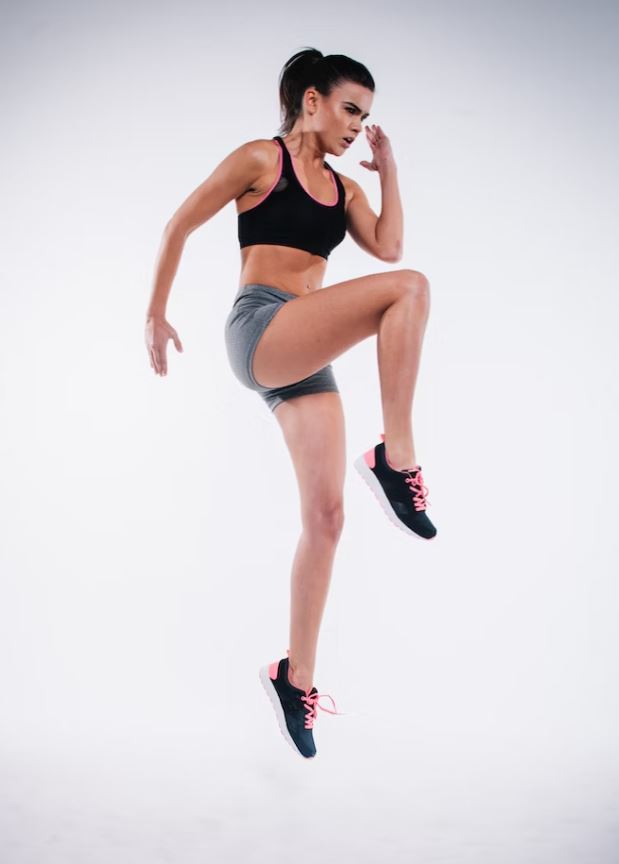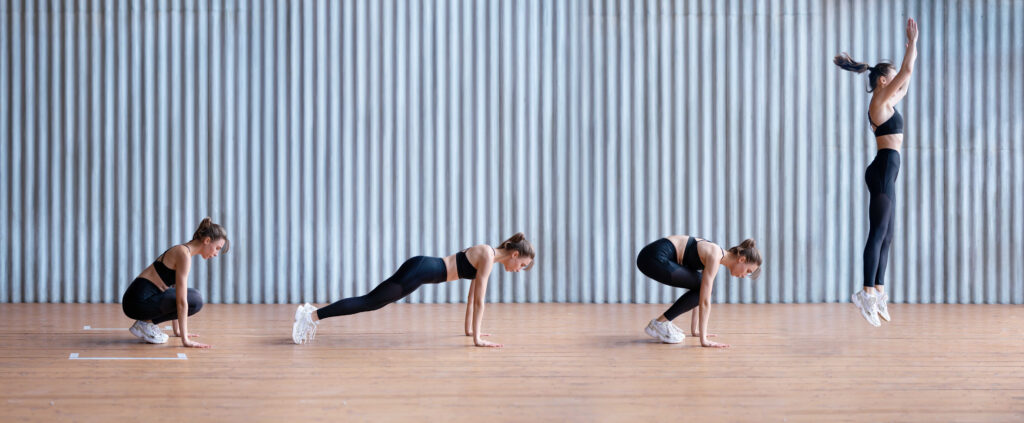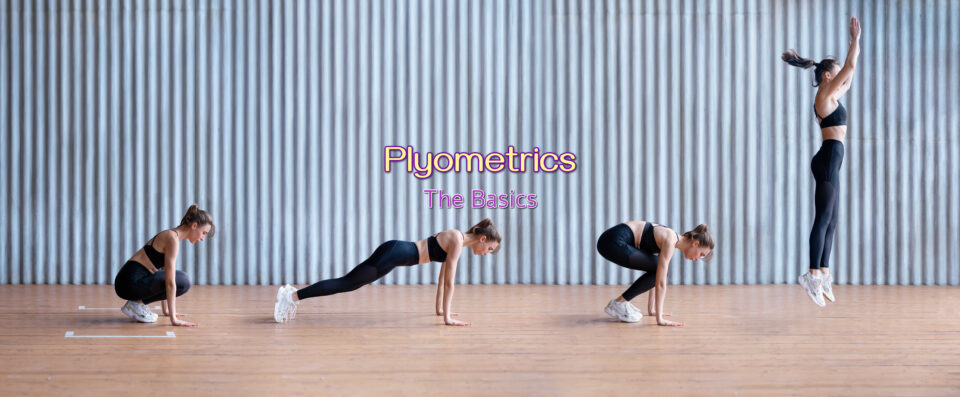Plyometrics are aren’t exactly a new form of training. This training technique, often referred to as ‘jump training,’ uses explosive movements to develop muscular power, speed, and agility, which enhances your overall athletic performance. Whether or not you’re an athlete aiming for better on-field performance or a fitness junkie seeking to boost your workout intensity/rhythm, plyometrics can be the addition to your training regimen that you were looking for. This article explores the benefits & basics of plyometric training and introduces you to its key techniques.
What is Plyometric Training
Plyometrics is a form of high-intensity training that involves rapid stretching and contracting of muscles to increase muscle power. It is built around a physiological process called the Stretch-Shortening Cycle (SSC), a natural reflex that contracts a muscle immediately after it has been stretched. By leveraging this reflex, plyometric exercises help improve the speed at which muscle strength can be converted into power.

The Advantages of Plyometrics
Increased Muscle Power and Explosiveness: The core benefit of plyometric training is the significant increase it provides in muscular power and explosiveness. These exercises enhance the fast-twitch muscle fibers, enabling swift movement transitions and delivering a marked improvement in sports performance, particularly in activities that require jumping, sprinting, and quick direction changes.
Improved Athletic Performance: Plyometrics has been proven to boost athletic prowess across a variety of sports. Whether you’re a basketball player aiming for a higher vertical jump, a sprinter looking to shave milliseconds off your personal best, or a football player seeking improved agility, plyometrics can help.
Enhanced Endurance: Plyometric exercises, due to their high-intensity nature, can significantly enhance cardiovascular fitness and muscular endurance.
Improved Bone Health: The weight-bearing nature of plyometric exercises promotes increased bone density, which can help prevent osteoporosis.
Techniques of Plyometric Training
Implementing plyometrics in your training regimen requires understanding of the correct techniques and safety measures. Here are some popular plyometric exercises and their techniques:
Jump Squats: Stand with your feet shoulder-width apart. Lower your body into a squat position, then explosively jump up, reaching your arms toward the sky. Land softly and repeat.

Box Jumps: Stand in front of a sturdy box or platform. Lower into a half squat, then explode upwards to jump onto the box, landing softly. Step back down and repeat.
Burpees: This exercise is at the heart of the basics of plyometric training. Begin in a standing position. Drop into a squat, place your hands on the ground and kick your feet back into a plank position. Immediately return your feet to the squat position, then explosively jump up, reaching your arms above your head.

Bounding: This is essentially exaggerated running. From a running start, propel yourself forward as far as you can, aiming for both distance and height.
Should You Find A Plyometric Training Program or Go Solo?
Incorporating these plyometric exercises into your training program can provide a wealth of benefits, but it’s essential to remember that they are high-impact exercises. Therefore, proper form and technique are crucial to prevent injuries. If you’re new to plyometrics, consider seeking guidance from a certified trainer to ensure safe and effective practice.
Plyometric training is a powerful tool to increase speed, power, and athletic performance and you will be able to get closer to those goals by understanding the basics of plyometrics. By implementing these explosive exercises into your training regimen, you’ll be on your way to unlocking new levels of physical prowess. Remember, every body is unique, so listen to yours and adjust the intensity of your workouts to suit your individual needs. Stay committed, and enjoy the transformative power of plyometrics!

